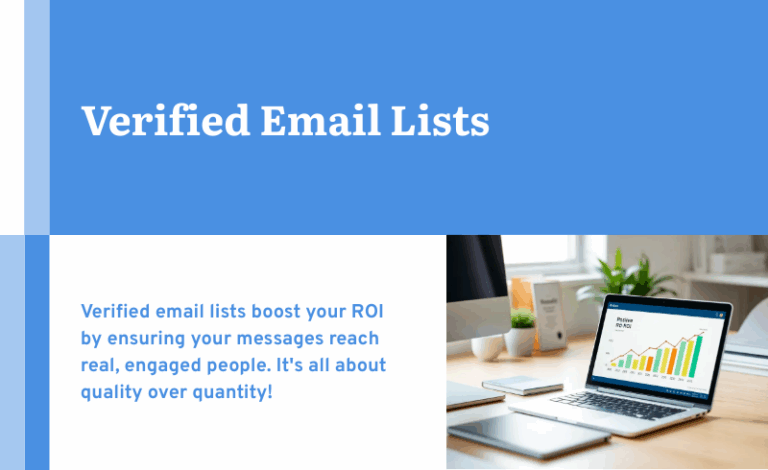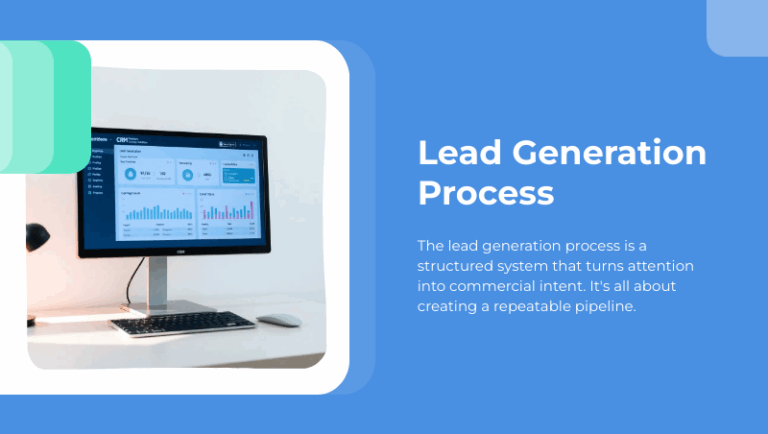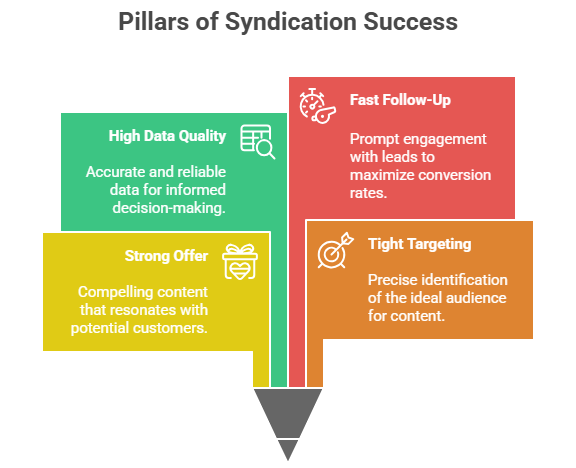
Mad Men may be off the air, but the image of the creative genius coming up with ad campaigns so startling and fresh that they resonate for years is still firmly fixed in many people’s minds when they think of marketing. They’re not wrong, either; there’s an art to persuasion, a gift for presenting subjects in their best possible light while staying true to reality.
At the same time, there’s hard science underlying marketing decisions – far more so now than in Don Draper’s day. Leads’ behavioral and demographic information is carefully catalogued, aggregated, and analyzed to give data scientists a detailed image not only of what potential buyers are doing, but also of what they’ll do in the future. It’s a predictive science unlike anything we’ve had the power to do before – not a crystal ball but a window that gives a realistic view of future possibilities.
While marketers can take scientifically accurate snapshots of buyer behavior, the science alone isn’t enough. Killer creative still counts, possibly more so now than ever because leads’ expectations are vastly higher. Mail addressed to “Occupant” is no longer good enough; in the information age, potential buyers rightly expect to be catered to and courted. There’s no excuse for marketers to know nothing about the audiences they’re trying to reach. To reach them, marketers must be relevant to them; that takes creativity.
Let’s take a look at another example of how creativity and data science intersect. Modern jazz accounts for a little over 2 percent of new music sales in the U.S. according to figures from Nielsen’s most recent ratings. Not everyone is a fan of the genre, and for an aspiring jazz musician, that figure could seem daunting.
The people who like jazz love it fiercely, and an artist who succeeds in this rarefied field has the potential to capture a huge percentage of the roughly 5.5 million jazz albums sold annually. To reach them, though, a musician still has to know how to play.
Marketers must be crossover artists to some extent, able to meet the high expectations for customized, relevant content across multiple market segments. Depending on the size of the market and the segments it contains, some marketers do it on their own, but increasingly, companies are turning to marketing companies that use data science to define audiences and gain insight into what they want to hear. Working with a marketing firm also lets businesses pull in a wider range of creative talent to develop the right content with the right voice to suit the organization’s needs.
Art and science don’t have to be in conflict. When it comes to marketing, they belong together, in fact. The only realistic answer to the question of whether data-guided marketing is an art or a science is that it’s both. Big data applications supply the science behind audience behaviors and preferences, but knowing how to meet their needs is an art.
© Reach Marketing LLC 2016 All Rights Reserved.



